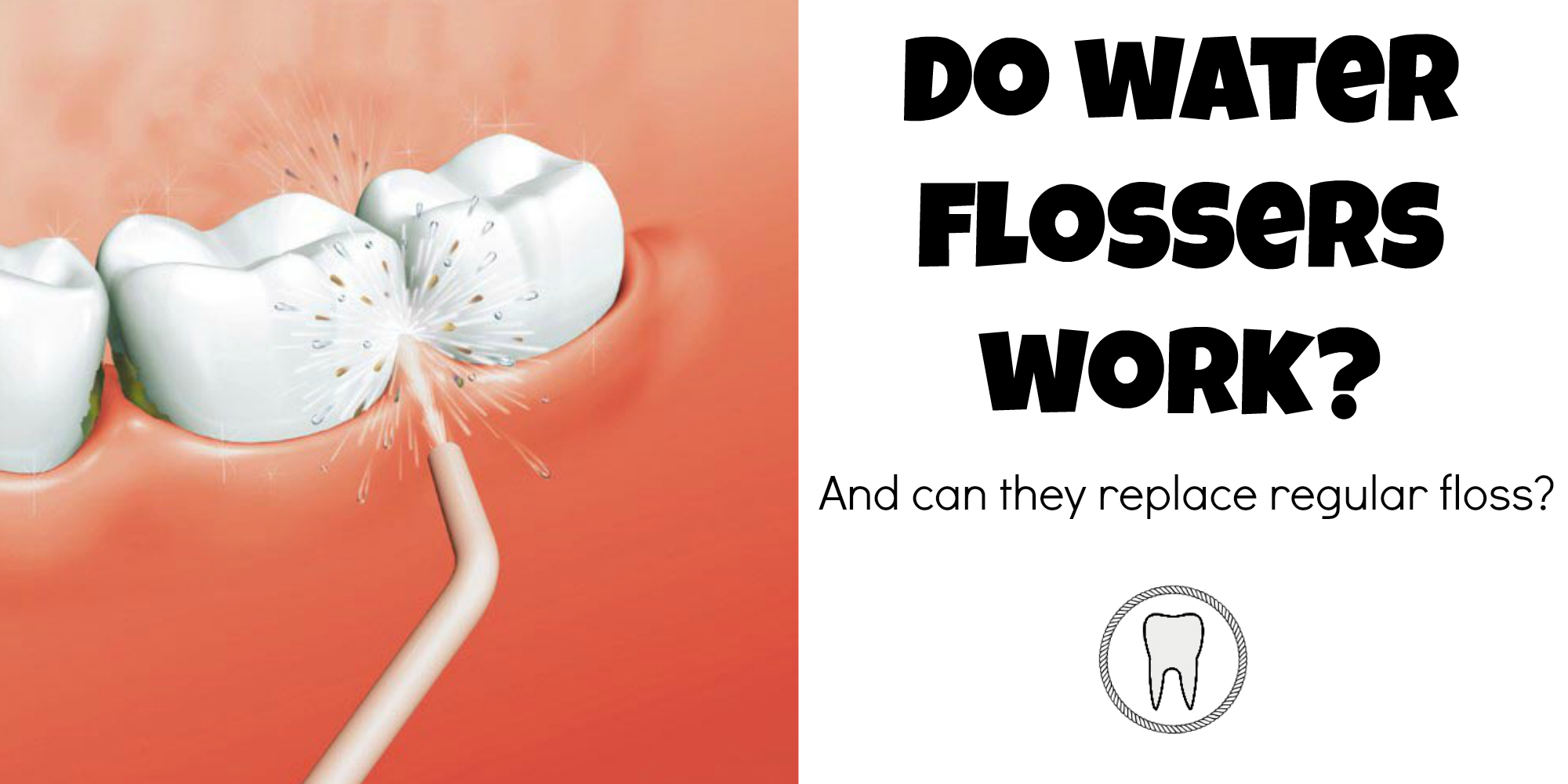Looking to keep your pearly whites shiny?
Thinking about water flossers?
Are they better than string floss?
Do they work? What do they even do?
We’ve written this article to answer these questions. Water flossers aren’t just some marketing gimmick. They are extraordinarily effective. They’re ideal for any individual. And this includes those with braces, sensitive gums, or who just can’t get the hang of string floss.
Studying Oral Irrigation

Scientists have studied the effects of water glossers for decades. Reduction in gingivitis, bleeding, and plaque accumulations have been the main focus for these clinical trials.
Numerous studies prove that water flossers provide superior results over string. Both in terms of reducing gingivitis and bleeding levels. Combining water flossing with brushing is significantly better at reducing gingivitis and bleeding. And more efficient in removing plaque. Infact some studies where water flossers were used without brushing showed a superior reduction in plaque build-up.

Some of these studies showed that water flossers were more effective at removing bacteria and plaque from the pockets between the teeth line and the gum. Reaching a depth of up to 6 millimeters. Not only this, but they reduce toxic products generated by plaque.
They are also highly recommended for individuals who have dexterity problems or orthodontic fittings.
How Water Flossers work
The way Water flossers work is what makes them effective. These include gentle, but effective, pressure and pulsation. The combination of both actions removes subgingival bacteria, disrupts bacterial activity and removes food particles and debris.
The Versatility of Water Flossers

Water flossers are versatile. They not only wash out the pockets between the teeth and gumline. They can also hold and direct antimicrobial mouthwashes into these areas – as well as between the teeth. Furthermore, you can attach a wide range of flossing tips to your unit. These are designed to address different need including cleaning in and around fixed restorative appliances, orthodontic appliances, and deeper periodontal pocket areas.
Water flossers are also a safe, effective means for cleaning in between implants. You can easily make use of the water flosser if you’re not very dexterous. So if you suffer from arthritis or other conditions which make dexterity difficult, you will find water flossers easy to control and manage.
You just need to hold the flosser’s handle at a 90-degree angle to your tooth, and then irrigate the tissues at appropriate pressure settings. For effectiveness, it’s recommended that you irrigate your dental tissues in the 50-90 psi range. Look for the manufacturer’s instructions on the desired power settings.
Our Conclusion

Water flossers are easy and quick to use. They’re versatile too. Their effectiveness, user acceptance, and provider validation make them a reliable, evidence-based choice for effective interdental cleaning. Dental hygienists recommend the Water Flosser to all kinds of users. Flossing, in general, is essential for dental care, resulting in less gum disease and fewer cavities.
Last update on 2025-12-22 / Affiliate links / Images from Amazon Product Advertising API
